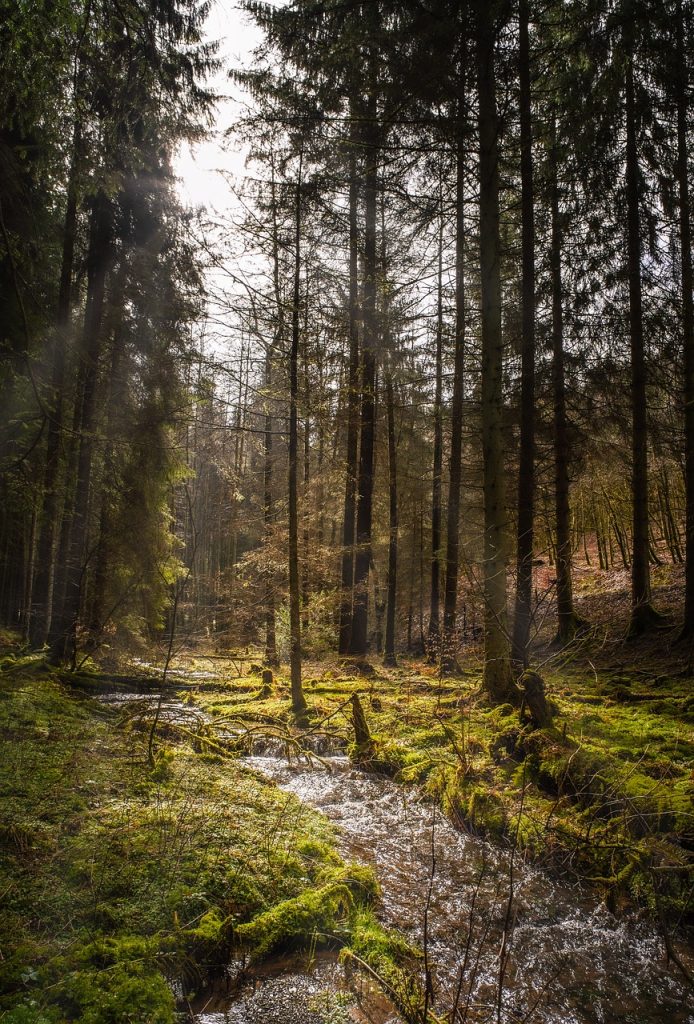The SNS co-funded network NorForSoil has held it’s end meeting, exchanging knew knowledge and research results. Several presentations covered recent research on different aspects of forest soil.
Text: Lise Daalsgard, coordinator NorForSoil
 The Swedish soil monitoring program routinely monitors the diversity of fungi in forest soil with about 300 samples per year, thus now reaching about 3,000 samples in total. Overview of results and how they relate to forest variables is presently summarized in the web application “Fungi in Sweden”.
The Swedish soil monitoring program routinely monitors the diversity of fungi in forest soil with about 300 samples per year, thus now reaching about 3,000 samples in total. Overview of results and how they relate to forest variables is presently summarized in the web application “Fungi in Sweden”.
One key-finding is that root-associated fungi of the ectomycorrhizal genus Cortinarius participate in enzymatic oxidation of humus, which mediate soil organic carbon stocks, particularly in old forests where Cortinarius species often are a domination component of the fungal community compositions.
Furthermore, fungal diversity appears to increase from old pine forests towards increased diversity in young pine forests followed by the highest diversity in spruce forests. A methodological study investigated the effect of the spatial distribution and intensity of field sampling and found that approximately 75% of potential fungal diversity is captured using the current field monitoring protocol. However, community compositions vary based on sampling time, sample storage conditions, and molecular techniques, highlighting the need for improved and standardized sampling procedures across monitoring programs. Ensuring that large soil volumes are sampled helps minimize biases and accommodates the natural soil heterogeneity and fungal species diversity.
Two presentations focused on the use of molecular techniques for monitoring soil biodiversity. The following discussions revealed that opinions differ when it comes to the maturity of different techniques for the purpose of routine monitoring at large scales. While these techniques scale very well with large monitoring programs and have become much more reliable and standardized during the last decade, the results typically incorporate biases that stem from uncertainties and errors introduced in sampling procedures and lab-techniques. Uncertainties enter at different stages and different technical options (DNA libraries, standards, laboratory steps) are likely to give different results. A finding is that “deep” sequencing (long DNA sequences, more costly) will give a more reliable result than the more common (and less costly) solutions where shorter DNA sequences are identified.
Other presentations included examples of generating digital soil carbon maps with machine learning techniques relying on information in old hand written maps, the potential of using qualitative descriptions of soil profiles in old large scale monitoring to extract information on forest fine root magnitudes and distribution, representing soil moisture dynamics in the yasso07 model using Finnish field sites representing a soil moisture gradient, updates from the first field season in the Norwegian soil carbon monitoring program and results from a PhD study on forest soil organisms (Norway).
The study led by Carl-Fredrik Johannessen on harvest effects on soil organic carbon (data provided via NorForSoil partners + Canada) was discussed and progressed.
For part of day 2, about ten stakeholders from across the partner countries were invited to learn about challenges and potential of harmonizing soil monitoring data, and to supply valuable information in terms of the needs and expectations in the forest sector at large when it comes to forest soil data as support for policy. A range of issues were raised, one being the risk of introducing large uncertainties if limited data on the local scale in combination with large scale data is used to generate guidelines at the estate level vs the urgent need for data which will have to be subject to updating and revising as new knowledge is established.
Other issues were the urgency of knowledge for reliable reporting in for example the Paris agreement and the role of forest monitoring systems in our democracies i.e. the role of monitoring systems in establishing a set of data to be trusted across different parts of society; industry, policy, NGO’s, science and the general public.
One conclusion may be that stakeholders and researchers may benefit from more formalized and frequent interaction to identify in which cases guidelines may be formulated and in which cases (and why) they can not due to lack of data or lack of scientific process understanding.



